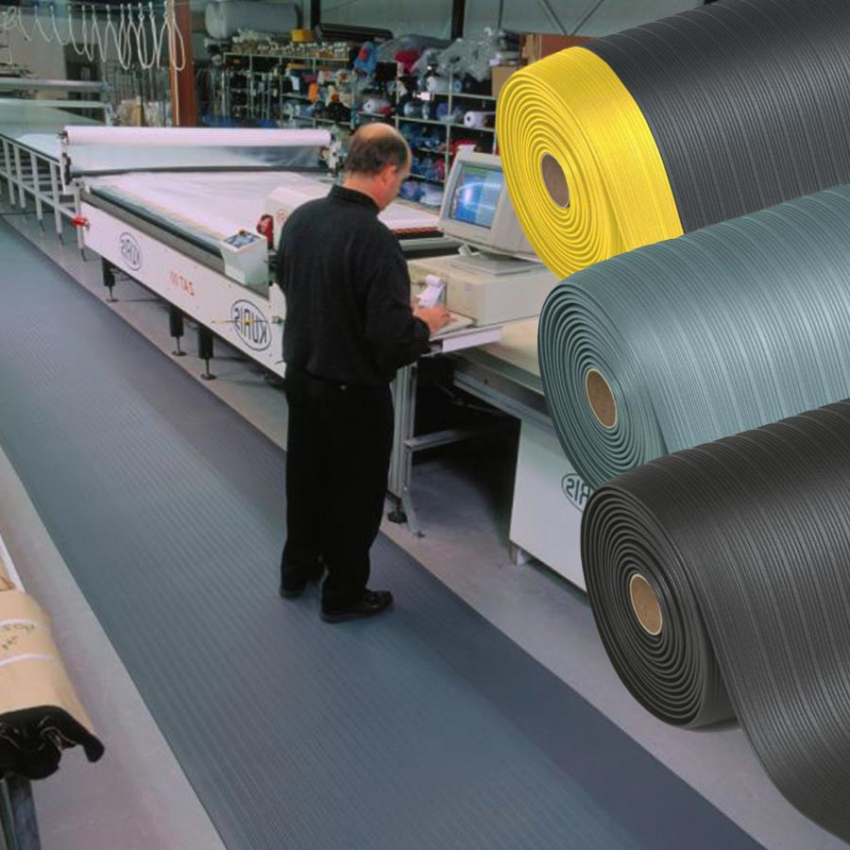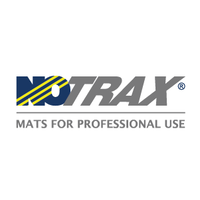- On sale!












The textured surface enhances traction. Ergonomic comfort for employees working on their feet, thanks to its 9.4 mm thickness and microcellular design composed of millions of air bubbles. All four sides are beveled and sealed to prevent employees from tripping.
Anti-fatigue mat for dry environments, recommended for light industrial or commercial use, where standing work is performed for extended periods, such as factory work, packaging, logistics, as well as in architectural offices, supermarkets, pharmacies, etc.
Available in standard dimensions, in rolls, in linear meters, and custom sizes.
Available with yellow borders along the length according to OSHA 1910-144 code.
Fire rating: Class 2 according to NFPS Safety Code 101
Total absence of harmful and toxic substances such as DOP, DMF, substances harmful to the ozone layer, silicone, and heavy metals.
This anti-fatigue mat is used in dry environments and is installed lengthwise for employees working standing in front of a workbench or workstation.

| 410S0323GY |
Data sheet
| Format | Mat Roller |
| Surface | Striated |
| Properties | Anti-fatigue |
| Environment | Dry environments |
| Intensity of use | Slight |
| Wear index | 1/3 (Good) |
| Anti-slip classification | R10 |
Industrial mats meet the needs of ergonomic workstations and employee well-being.
They prevent:
There are many uses for industrial mats:
Safety criteria: The mat must cover the entire workstation, be firmly attached to the floor, not shift or slide, and have bevelled edges to prevent falls.
Thickness and flexibility criteria: Contrary to what you might think, you shouldn't choose a very thick or very soft mat. The mat should have a certain elasticity, but still allow a comfortable standing position, without the user feeling slumped.
Environmental criteria :
Environmental hazard criteria : To establish more precise characteristics for a mat (antistatic properties or fire resistance etc...) we need to take into account the hazards present in the environment where the mat will be installed.
Where hazardous liquids are present in the working environment, the anti-slip properties and chemical resistance of industrial mats should be taken into account. The presence of openings on mats to allow the evacuation of fluids is essential.
Traffic criteria: We need to take into account the traffic that takes place on the equipment: how many workers can walk on it? How often, etc., in order to choose the most suitable mat.
Prevent the many problems associated with poor workstation ergonomics: RSI, static shock, bacterial proliferation, etc.
We offer a wide choice of industrial mats: on rolls, in standard sizes, made-to-measure or modular mats to suit all types of workstations.